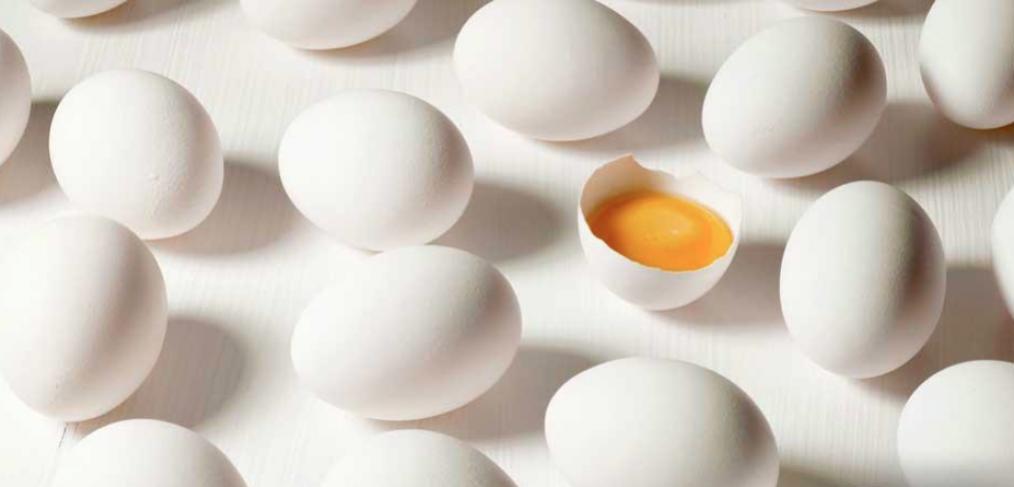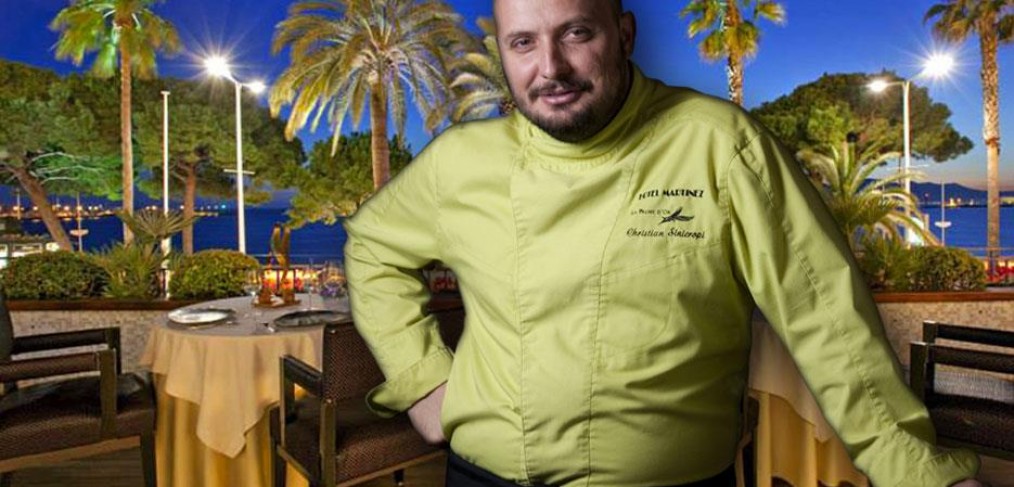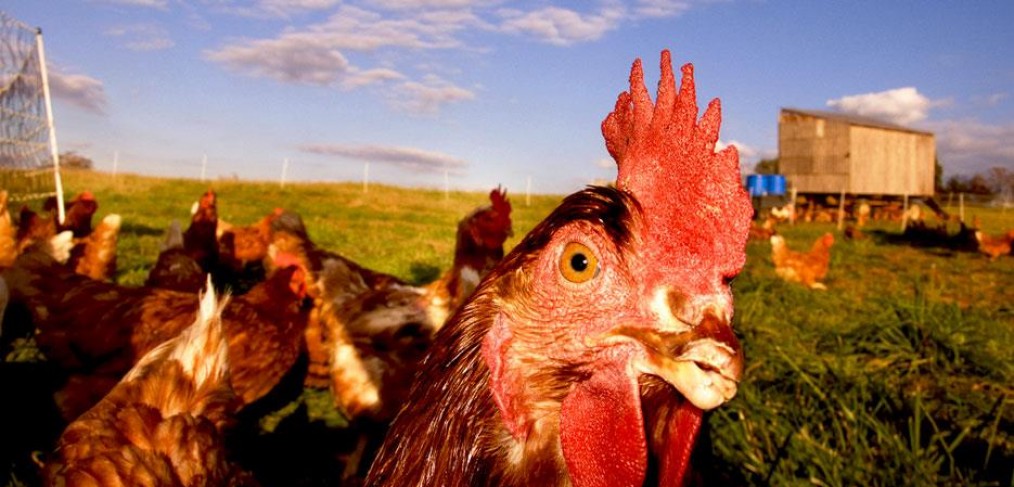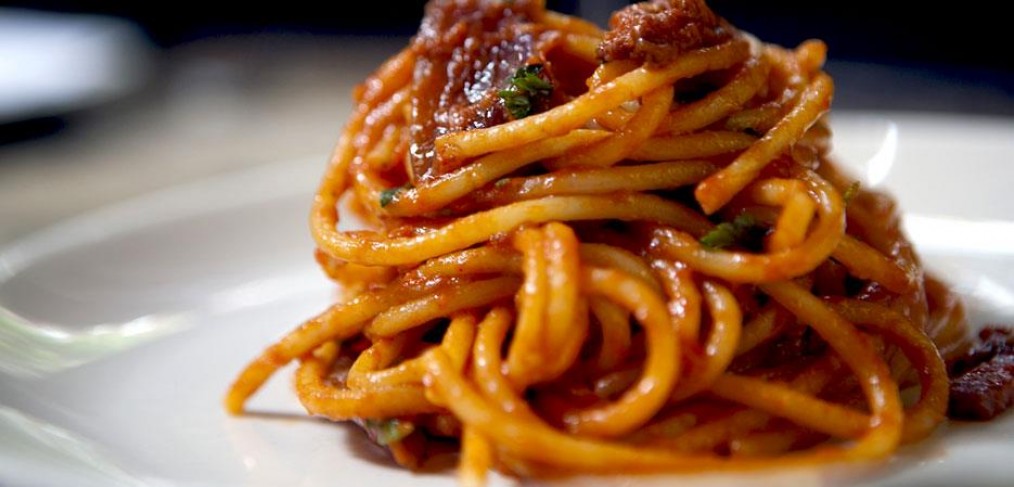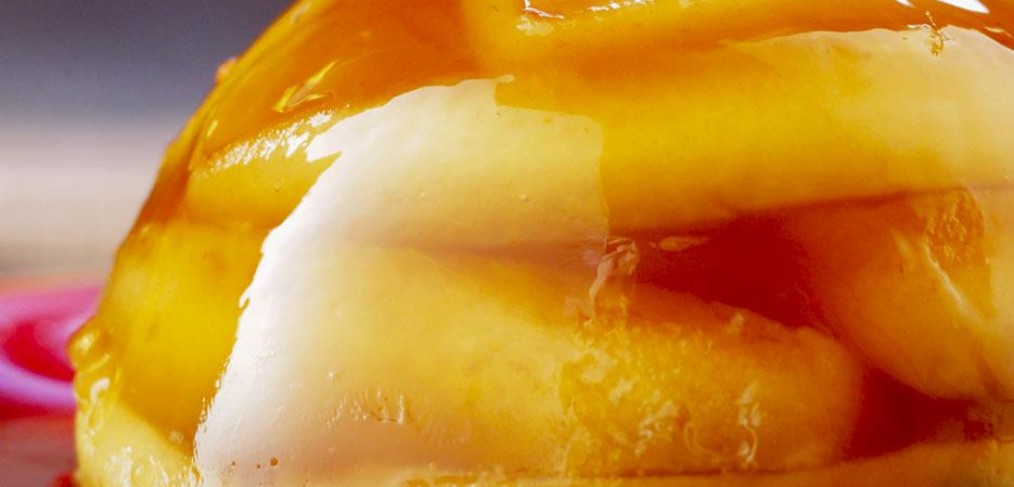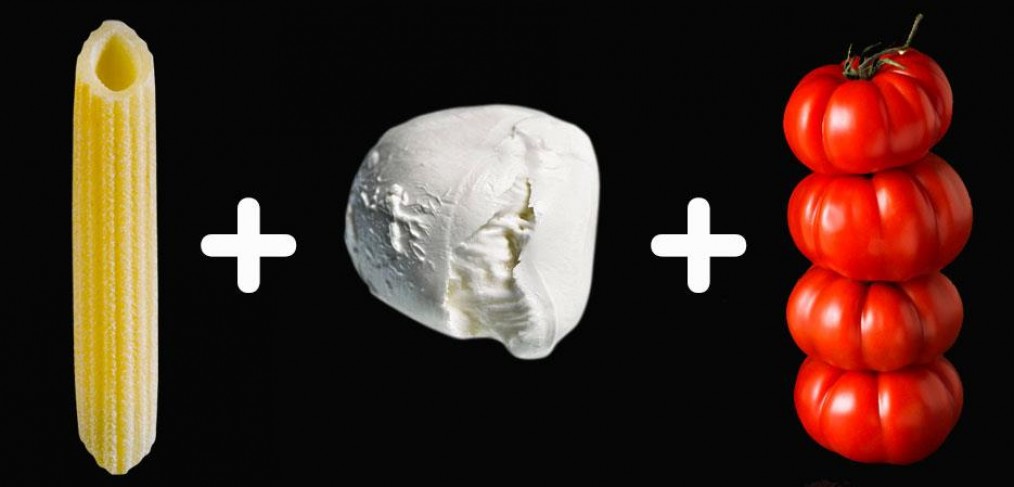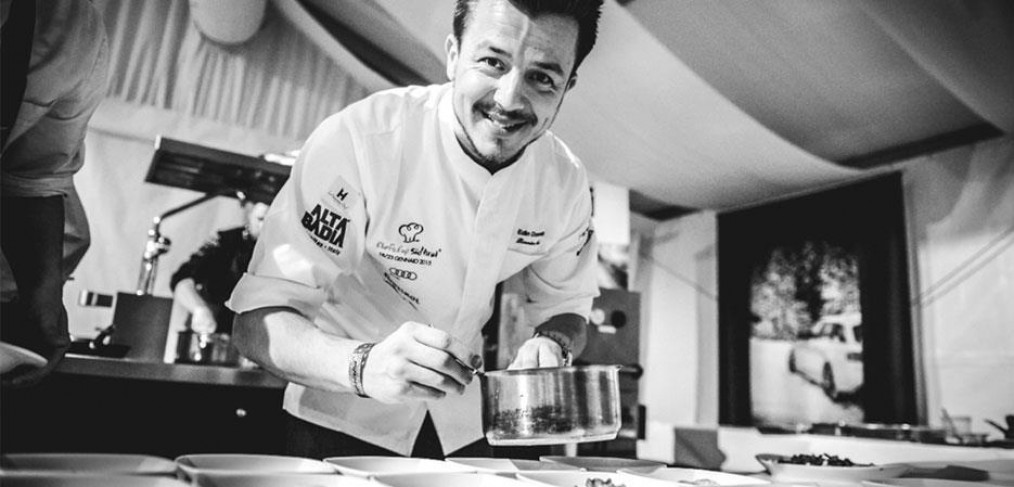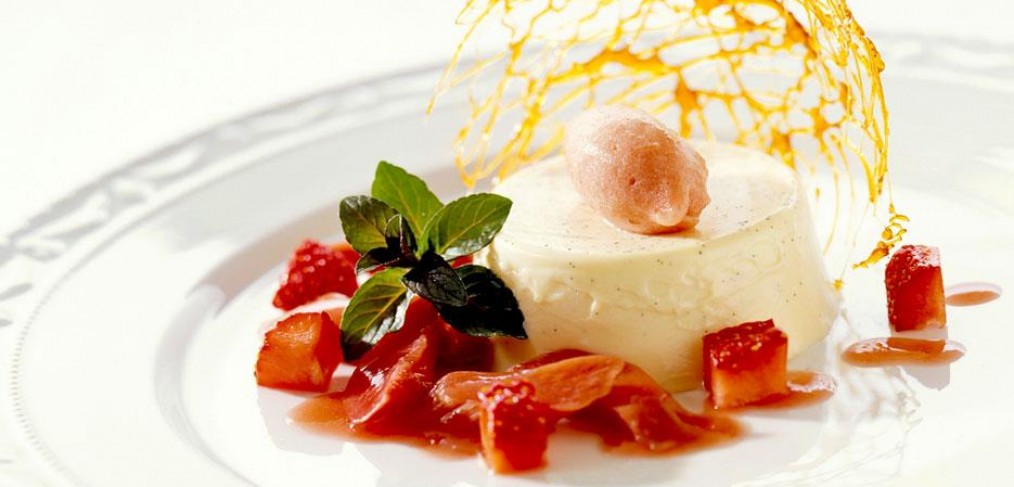A useful egg-guide: some tips to understand when an egg is fresh and how long it lasts, as well as common information we expect to find on the packaging.
Before deciding to stick a label on the packages, man did his best to devise tricks to ensure egg freshness and understand how long do fresh eggs last. They may be empirical tricks, but they still hold true. They may be useful in the event that the deadline indicated by the stamp on each egg is washed away, or its packaging is destroyed. For personal safety, it would be better to just buy packaged eggs, but nowadays many shopkeepers sell loose eggs, ensuring that they come from free-range hens. In either case, heeding your grandmother’s advice can be useful.
To find out if an egg is fresh, just soak it in a glass of water with a handful of salt: if it floats, it should not be consumed, while if it remains in the middle, it means that it’s not fresh enough to be eaten soft-boiled, but any other type of manner that requires a longer cook time is fine. If it sinks, it’s perfect.
Another trick: break the egg on a plate. Fresh eggs retain the yolk as a dome; if the yolk is flat and the albumen is watery, the egg is not fresh but you can eat it anyway as long as it’s well-cooked. Pay attention to the shell: if it is shiny, that means that it is not fresh. It must be smooth and clean, while the yolk, upon the egg being opened, must be free from blemishes, with the egg white being limpid, clear, gelatinous and free of any foreign materials. The color of the shell is not a sign of its freshness, it simply indicates the types of hen breed and feed used.
One last tip: if by placing the egg against the light you notice a larger air chamber inside the shell, the egg is old – while if it is smaller, the egg is fresh.
Today, although every country has taken steps to create regulations to protect the consumer, we can say that the most common information that we can expect to find on the packaging and, if not displayed, we are entitled to ask the shopkeeper, is the following:
– Laying date;
– Indication of the best use of the egg, for example to make fresh egg pasta;
– Information on rearing, for example free-range, organic, etc.;
– Type of feed fed to the hen. As with many other foods, the principle that states that animals who are fed in a healthy manner produce foods that are too, very much holds true.
– The category and weight. Weight for chicken eggs is around 50 g.
The last element is of course the deadline: normally the date on which the egg must be “preferably consumed” by is stated on the package, and must not exceed 28 days from laying. Regardless of what animal they might come from, it is worth remembering that even tiny quail eggs, pigeon, duck, pheasant, goose and those gigantic ostrich eggs can be eaten.
Once purchased, keep them in the refrigerator in their appropriate compartment, avoiding temperature changes as much as possible. That means that they don’t do well being put in and taken out of the refrigerator: either keep them cool or in the pantry.

